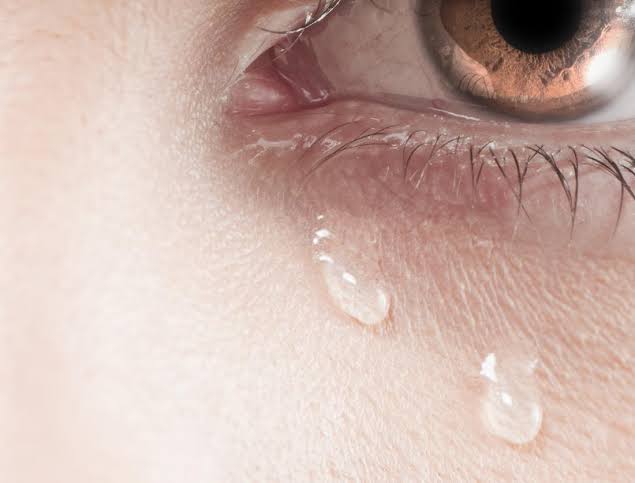Crying is frequently misconstrued as a symbol of weakness, especially in societies that emphasize emotional control.
However, the truth is that crying is a natural and meaningful response to intense emotions, offering numerous benefits for both physical and emotional health.
Rather than being something to suppress, crying is actually a valuable tool for promoting overall wellness, stress relief, and emotional balance.
Here are six persuasive reasons why crying can be advantageous:
1. Emotional Release and Stress Relief
Crying provides an immediate emotional release, acting as a pressure valve for overwhelming feelings. This release prevents emotional buildup, which can lead to burnout, irritability, or physical tension. By crying, you process emotions, release stress, and calm your body.
2. Mood Improvement and Hormonal Balance
Crying surprisingly improves your mood by releasing endorphins and oxytocin, the body’s natural “feel-good” chemicals. These hormones induce feelings of happiness, comfort, and social bonding. After crying, many people experience emotional cleansing, leading to a clearer mind and balanced outlook.
3. Processing Grief and Emotional Healing
Crying is essential for processing grief, allowing you to honor your emotions and move through the healing process. Suppressing tears can hinder healing, whereas crying provides emotional relief and closure. Emotional tears contain stress hormones, which are flushed out during crying, promoting healing and relaxation.
4. Relieving Physical Tension and Promoting Relaxation
Emotions often manifest physically, leading to tension, headaches, or stomach issues. Crying breaks this cycle by releasing physical tension. As you cry, your body relaxes, slowing your heart rate and loosening muscles. This provides a soothing effect, allowing your body to reset and recover from emotional overload.
5. Building Emotional Resilience and Coping Skills
Crying is a natural emotional response that signals the need to address your feelings. By allowing yourself to cry, you build emotional resilience, developing better coping mechanisms for future challenges. Crying teaches you to accept and work through emotions, strengthening your emotional toolkit.
6. Fostering Connection and Empathy with Others
Crying has the power to bring people together, fostering connection and empathy. When you cry in front of others, it signals vulnerability, prompting a compassionate response. Crying promotes emotional bonding, mutual support, and deeper relationships, reminding you that you’re not alone in your emotional struggles.
Important Aspect of Mental Health
Despite cultural misconceptions, crying is a healthy, natural, and powerful tool for emotional well-being. It plays a critical role in releasing stress, improving mood, processing grief, and strengthening relationships.
Next time you feel the urge to cry, remember that it’s a important and healing response, helping you release tension, process emotions, and build resilience.

